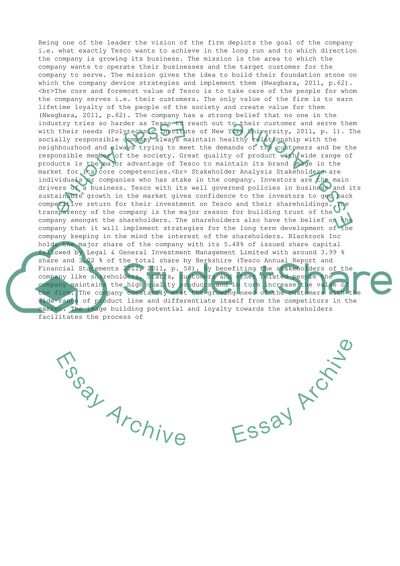Cite this document
(“The analysis of business environment of TESCO Essay”, n.d.)
Retrieved de https://studentshare.org/business/1390522-business-environment
Retrieved de https://studentshare.org/business/1390522-business-environment
(The Analysis of Business Environment of TESCO Essay)
https://studentshare.org/business/1390522-business-environment.
https://studentshare.org/business/1390522-business-environment.
“The Analysis of Business Environment of TESCO Essay”, n.d. https://studentshare.org/business/1390522-business-environment.


